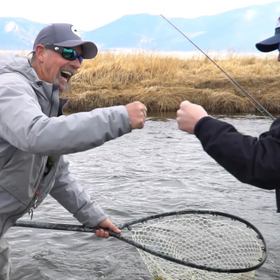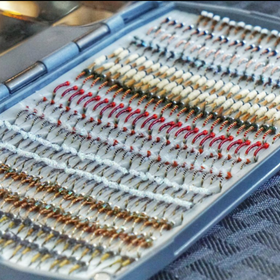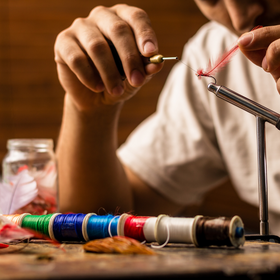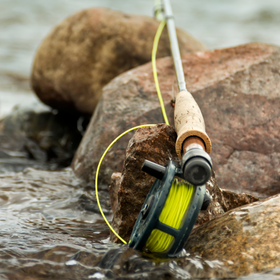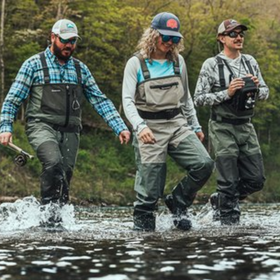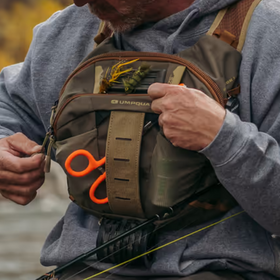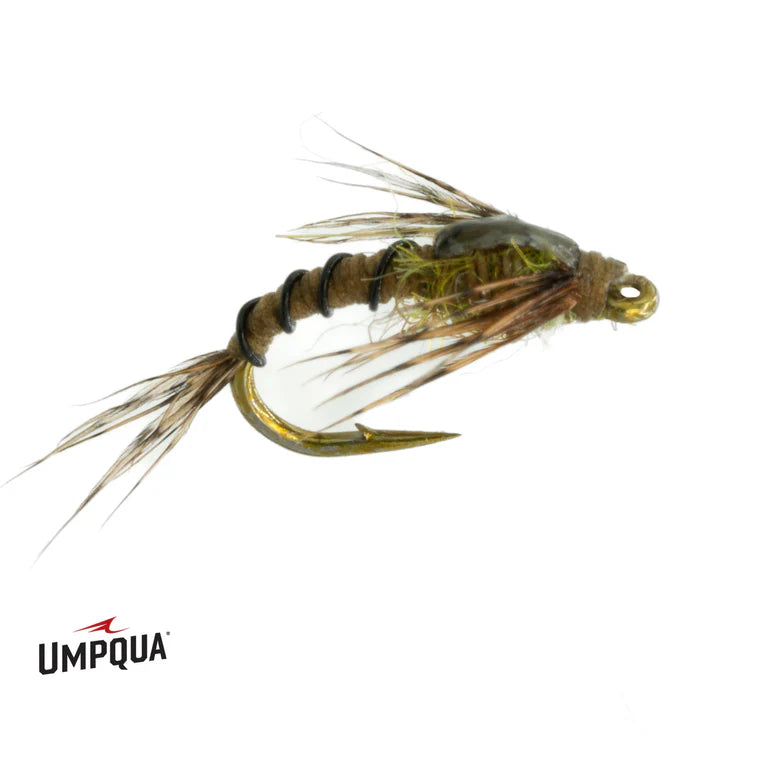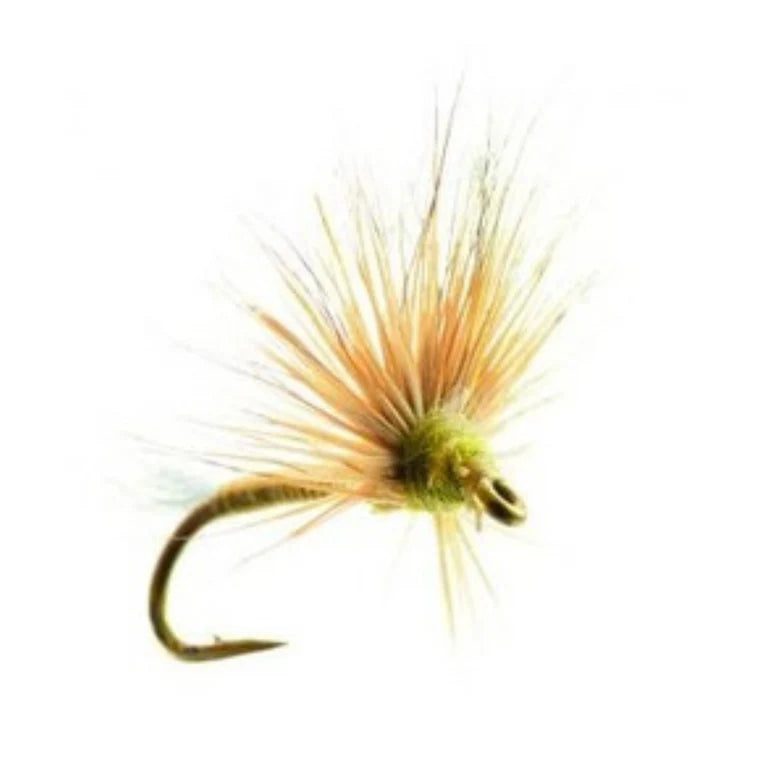
Understanding the Blue Wing Olive Hatch
As winter gives way to spring, the Blue Wing Olive (BWO) hatch signals the beginning of the prime fly fishing season. With trout emerging from their winter lethargy, the BWO hatch provides an opportunity to target hungry fish actively feeding on both nymphs and adults on the surface. These small mayflies, often no larger than a size 18-20 hook, present a significant food source for trout and trigger intense feeding behavior. Thus, understanding the basics of this hatch and being ready for it will lead to more fish in the net for fly anglers.
The timing of these hatches can vary depending on location, weather conditions, and water conditions/temperatures.
Seasonality
• BWO hatches often occur in both spring and fall.
• Spring hatches typically start when water temperatures begin to rise and the days become longer. Spring hatches are larger in size (#18-20) compared to the fall hatch (#22-24).
• Fall hatches occur as temperatures begin to cool, often coinciding with shorter days and decreasing insect activity.
Weather Conditions
• BWO hatches are often triggered by specific weather patterns, particularly cloudy, overcast days with moderate temperatures.
• Snow/rainfall and changes in barometric pressure can also influence the timing and intensity of BWO hatches.
• In some cases, hatches may be less predictable during periods of exceptionally hot or cold weather.
Time of Day
• BWO hatches typically occur during the late morning or early afternoon, but this can vary depending on local conditions.
• Emergence may continue into the evening, with spinner falls occurring later in the day or early evening.
The life cycle of a BWO mayfly typically consists of four stages: egg, nymph, dun, and spinner. The duration of each stage can vary depending on factors such as environmental conditions and water temperature.
Nymph Stage
• Once hatched from the egg, the BWO nymph stage can last anywhere from several months to a year or more.
• A BWO Nymph will undergo several molts during maturation.
• Nymphs have a streamlined body with flattened fills along their abdomen, which they use to extract oxygen from the water.
• As the hatch approaches, nymphs become more active and migrate towards shallower water and towards the surface.
• Nymphs undergo incomplete metamorphosis, meaning they resemble adult mayflies but lack fully developed wings.
Dun Stage
• When it’s time to hatch, BWO nymphs swim towards the water’s surface or crawl onto nearby vegetation or rocks.
• Once at the surface, nymphs undergo the emergence process, where they shed their nymphal shuck and transform into winged adults. This emergence can occur either in the water or on the surface film.
• The emergence process from nymph to dun can take anywhere from a few seconds to several minutes.
• After emerging from their nymphal shuck, the newly formed adult BWO rest on the water’s surface while their wings dry and harden. During this stage, they will often look like a sailboat floating on the surface – making them an easy meal for the trout below.
• After resting on the water, the duns take flight to continue maturing and start mating.
Spinner Stage
• After a period of rest, the dun undergoes its final molt to become a fully mature adult. Its primary purpose at this stage is to mate and to lay eggs.
• After mating, female BWO spinners return to the water to lay their eggs, completing the life cycle.
• Spinners typically have more translucent wings and a more slender appearance compared to duns.
• Adult BWOs typically have short lifespans ranging from a few hours to a few days.


